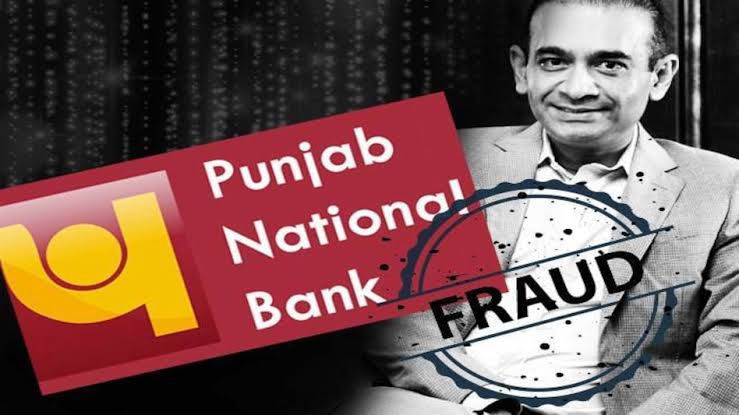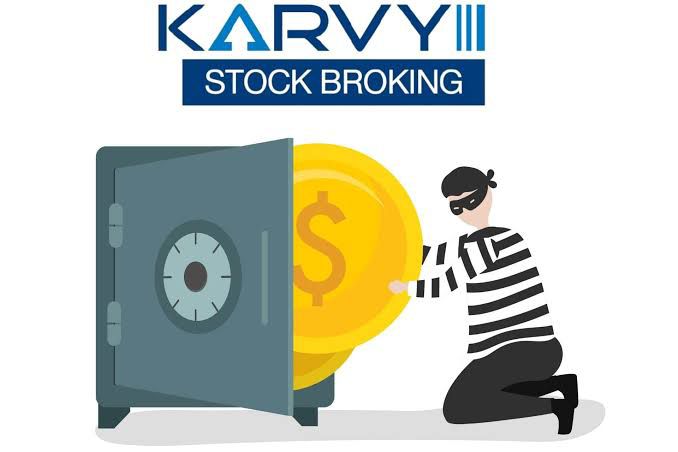Author: Asmi Basu, JIS University
To the Point
The PNB scam started by using the illegal Letters of Undertaking (LoUs) by officials of the bank at Punjab National Bank’s Brady House branch in Mumbai. Between 2011 and 2018, these LoUs were fraudulently issued in favor of companies owned by Nirav Modi and Mehul Choksi, without following due banking procedures or obtaining proper guarantees. These LoUs enabled them to secure foreign credit from overseas banks.
The fraud came to light in early 2018 and led to a criminal investigation by the Central Bureau of Investigation (CBI) and Enforcement Directorate (ED). The scam not only implicated senior bank officials but also triggered global manhunts for the accused. It spotlighted critical failures in risk management and accountability within public sector banks.
Abstract
The Punjab National Bank (PNB) scam is one of the iconic financial frauds in Indian history, that totally shook the country’s banking sector. Masterminded by diamond merchants Nirav Modi and Mehul Choksi, the scam involved fraudulent issuance of Letters of Undertaking (LoUs) amounting to over ₹13,000 crore. The scandal exposed glaring loopholes in internal banking procedures, raised concerns over regulatory oversight, and spurred legal and systemic reforms. This article traces the contours of the scam, evaluates the evidence, outlines the legal dimensions, and analyses the lessons for India’s banking ecosystem.
The Proof
- Fraudulent Letters of Undertaking (LoUs): LoUs are bank guarantees, essentially promises made by one bank to another to repay a loan on behalf of a customer. Between 2011 and 2018, PNB officials issued unauthorized LoUs using the SWIFT (Society for Worldwide Interbank Financial Telecommunication) system but did not record them in the bank’s Core Banking Solution (CBS), making it difficult to detect discrepancies.
- Internal Audit Failures: Internal controls and audits failed to detect the continuous issuance of LoUs without collateral. The fraud undetected for over seven years.
- Role of Key Accused:
- Nirav Modi: Owner of Firestar Diamond, he was the primary beneficiary of the fraudulent LoUs.
- Mehul Choksi: Modi’s uncle and owner of Gitanjali Group, also obtained fake LoUs for his companies.
- Gokulnath Shetty: Former deputy manager at PNB, who misused his authority and password to authorize these LoUs fraudulently.
- Money Trail: Investigations revealed that the funds raised using the fraudulent LoUs were diverted to shell companies, laundered through complex transactions, and used to buy properties, luxury goods, and assets globally.
- Forensic Audits: Forensic audit reports confirmed manipulation of the SWIFT system and non-recording of transactions in CBS. Reports also highlighted a conspiracy among multiple bank officials and external entities.
Use of Legal Jargon
- Criminal Conspiracy (Section 120B, IPC): The scam involved a well-planned conspiracy among the accused parties.
- Cheating (Section 420, IPC): The accused misrepresented facts to gain unauthorized credit.
- Forgery (Sections 465, 467, IPC): Fabricated documents and misuse of digital systems were central to the scam.
- Prevention of Corruption Act, 1988: Used to charge public officials for abuse of position for personal gains.
- Fugitive Economic Offenders Act, 2018: Nirav Modi and Mehul Choksi both were found guilty under this act.
- Prevention of Money Laundering Act (PMLA), 2002: The ED attached several properties under this act to proceed further.
Case Laws
- Nirav Modi v. State of India [2020] UK High Court
- Background: Nirav Modi challenged his extradition to India in the UK courts.
- Judgment: The Westminster Magistrates’ Court and later the UK High Court upheld India’s extradition request.
- Significance: The ruling reinforced India’s capacity to bring back fugitive economic offenders.
- State Bank of India v. Nirav Modi et al.
- Proceedings: Banks filed recovery suits before the Debt Recovery Tribunal (DRT) seeking to recover outstanding dues.
- Outcome: The tribunal allowed the attachment and liquidation of Nirav Modi’s Indian assets to repay creditor banks.
- Enforcement Directorate v. Gitanjali Gems Ltd.
- Proceedings: The ED invoked provisions under the PMLA to seize and confiscate properties belonging to Mehul Choksi.
- Relevance: It illustrated the applicability of anti-money laundering laws in large-scale bank frauds.
Conclusion
The PNB scam stands as a grim reminder of the systemic vulnerabilities in India’s banking and regulatory frameworks. While the Indian government and enforcement agencies acted swiftly in initiating criminal proceedings and asset recovery, the incident highlighted the urgent need for structural reforms.
Post-scam, the RBI tightened rules on LoUs, banned their issuance temporarily, and introduced better integration between SWIFT and CBS systems. It also accelerated the push towards digitization, transparency, and accountability in banking operations.
Yet, challenges remain. Recovering the full value of stolen assets, prosecuting the fugitives abroad, and restoring public faith in PSBs are long-term processes. The case also underlines the need for corporate governance, whistleblower protection, and robust internal audits.
FAQs
Q1: What is the total value of the PNB scam?
The estimated fraud is around ₹13,578 crore (approximately \$2 billion), involving multiple fraudulent LoUs.
Q2: Who are the main accused in the scam?
The prime accused are Nirav Modi, Mehul Choksi, and several senior officials of Punjab National Bank, including Gokulnath Shetty.
Q3: What are Letters of Undertaking (LoUs)?
LoUs are bank guarantees that allow customers to obtain short-term credit from overseas branches of Indian banks.
Q4: What is the current status of Nirav Modi and Mehul Choksi?
Nirav Modi is in the UK and facing extradition proceedings. Mehul Choksi fled to Antigua and is fighting extradition to India.
Q5: What laws were used to prosecute the scam?
Relevant laws include the Indian Penal Code (IPC), Prevention of Corruption Act, Prevention of Money Laundering Act (PMLA), Fugitive Economic Offenders Act, and Banking Regulation Act.
Q6: Has any recovery been made?
Yes, assets worth over ₹2,700 crore have been confiscated or attached by the ED, with ongoing proceedings for more.
Q7: How did the scam go undetected for so long?
Due to poor internal controls, lack of integration between SWIFT and CBS, and collusion among bank officials.
Q8: What reforms have been implemented post-scam?
- RBI banned LoUs for some time.
- Mandatory linking of SWIFT with CBS.
- Stricter internal audit protocols.
- Greater autonomy and accountability for PSBs.
Q9: What is the impact on PNB?
PNB suffered a massive financial loss, reputational damage, and saw a dip in its market value. The bank had to take corrective measures and revamp its internal systems.
Q10: Why is this scam significant in Indian legal history?
It is one of the largest bank frauds, involving international jurisdictions, economic offenses, and transnational money laundering, and tested India’s extradition and financial legal framework.





